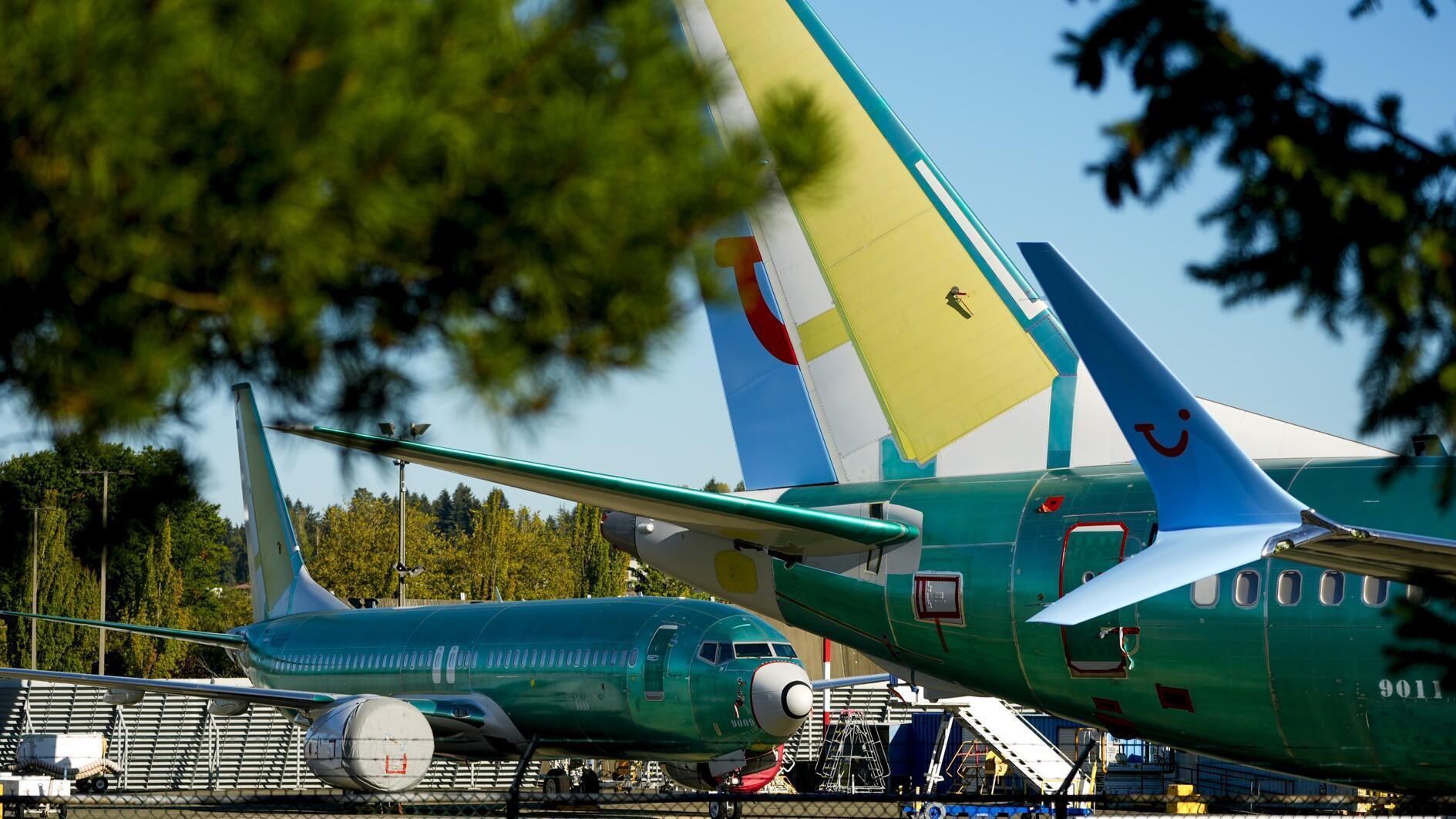
The U.S. National Transportation Safety Board (NTSB) on Sept. 26 issued "urgent safety recommendations" regarding the rudder systems on certain Boeing 737 aircraft, highlighting a risk of jamming.
It came after a Feb. 6 incident involving a Boeing 737 MAX 8 operated by United Airlines, whose rudder pedals were "stuck" in the neutral position while on the tarmac after landing at Newark airport in New Jersey.
None of the 155 passengers and six crew members were hurt, the NTSB said, with the captain using the nose landing gear controls to steer the plane.
Boeing has come under increasing pressure following a number of safety incidents involving its aircraft.
The cause of the February incident was found to be the rollout guidance actuator, one of the rudder control components, with tests revealing it was susceptible to moisture which could "freeze and limit rudder system movement," the NTSB said.
The faulty actuator was manufactured by US company Collins Aerospace, it added.
"Collins notified Boeing that more than 353 actuators that Collins had delivered to Boeing since February 2017 were affected by this condition," the NTSB said.
The part is installed in the tail of some Boeing 737 NG and 737 MAX airplanes.
Boeing has been under close regulator scrutiny since an in-flight incident involving an Alaska Airlines 737 MAX 9 aircraft in early January.
That event saw a door plug blow out mid-flight, leaving a hole in the side of the aircraft.
Boeing's quality control and production processes had already been called into question after the crashes of two 737 MAX aircraft in 2018 and 2019, killing 346 people.